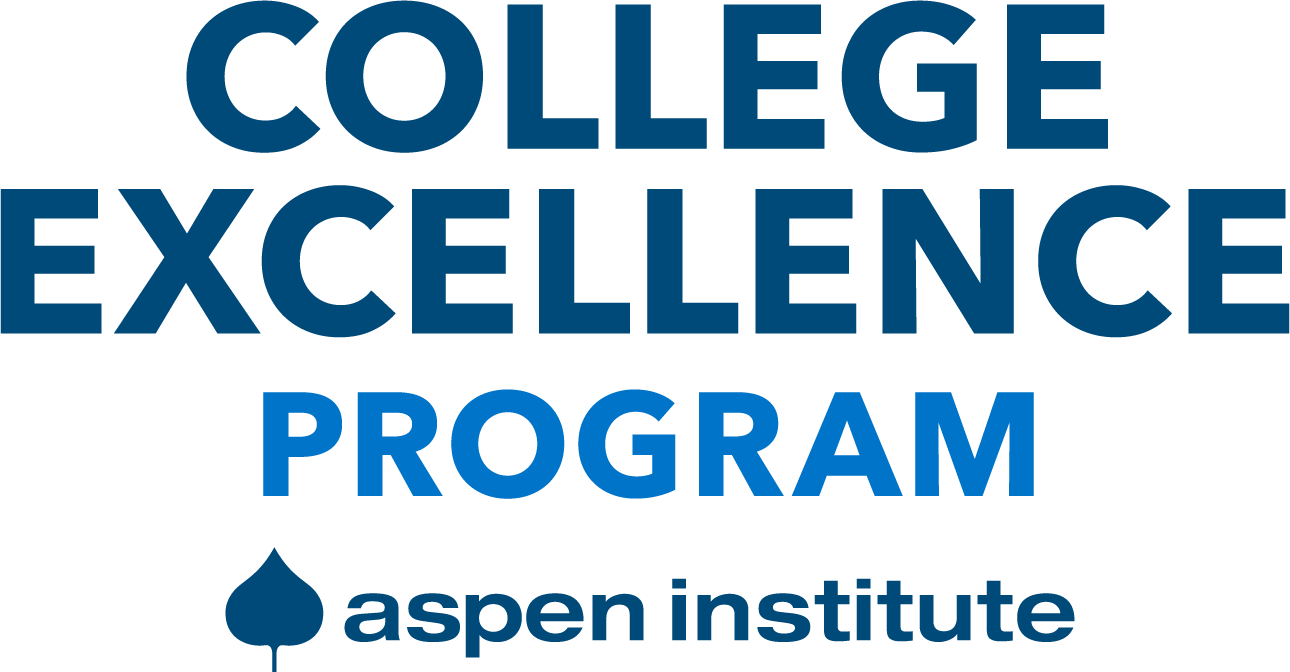
Strategic Finance Assessment Tool
This tool will help college leaders reflect on their current institutional strategies for using finance as a key lever for institutional culture, disciplined revenue and expenditures, and partnerships.
The items in the following assessment tool reflect strong practices observed through Aspen’s research and direct engagements with excellent community colleges, which we define as those achieving high and improving levels of student success (1) both while in college and after graduation (2) overall and when disaggregated across student groups. The assessment tool is organized in several domains of practice emerging from Aspen’s research and prompts users to rate their institution’s adoption of each item within each domain. Once complete, a summary of scores will allow colleges to identify strengths and weaknesses in specific practices aligned to each item and also to observe which domains most need improvement.
In this assessment tool, the term “student success” has the following meaning:
- Success in college: Students (1) learn and (2) complete credentials.
- Success after college: Students (1) get good jobs and/or (2) transfer and attain a bachelor’s degree.
- Success for all students: The college ensures high absolute rates across disaggregated student groups in (1) learning and completion outcomes for students in college, (2) transfer and workforce outcomes for students after college, and (3) enrollment of different demographic groups relative to the college’s service area.
Directions: Assess the extent to which your college engages each of the following practices, according to the scoring rubric.
Strategic Finance Assessment Inquiry Guide
Strategic Finance Assessment Inquiry Questions
Based on your Aspen strategic finance assessment tool results, where is your college strongest and weakest?
- In how finance is a core strategy for driving culture that promotes higher and more equitable student outcomes? In what particular questions/domains?
- In funding reform through disciplined resourcing based on data and the college’s major reform priorities? In what particular questions/domains?
- In generating revenue from external sources through partnerships across the community ecosystem? In what particular questions/domains?
How are your strategic financial management processes and policies related to your Aspen assessment results?
- What are the most effective ways your approach to strategic financial management contributes to higher and more equitable student outcomes? What evidence do you have from your assessment results?
- What are the least effective ways your approach to strategic financial management contributes to higher and more equitable outcomes? What evidence do you have from your assessment results?
- Among the weaknesses, what seems most important to address?
What is the condition of your institution’s finances?
- If your institution is in financial stress, which areas of your assessment results might suggest short-term ways to improve the financial condition? Which might help most over the long term?
- If your institution is in a strong financial position, how might strategic finance be used to make new investments that can substantially improve student outcomes? What in your assessment results suggest how such investments might be sourced and implemented?
If multiple people took the Aspen strategic finance assessment, were there any areas of disagreement in your results? What might those areas of disagreement imply about shared understanding of the college’s financial practices among senior leaders?
What challenges do you anticipate in further aligning resources to mission, and how might you address them (consider board, unions, staff, etc.)?
Next Steps
- What are the 1-5 most important things you have uncovered about your strategic finance capacity from your assessment tool? How do those things relate to advancing priority student success reforms?
- Among the areas of strength, what do you want to keep doing and perhaps enhance?
- Among the areas of weakness, what few changes do you think would make the biggest positive difference?
- What challenges do you have (or anticipate) in further strengthening the college’s strategic finance capacity? As much as possible, identify specific challenges.
- What immediate next steps will you take to ensure action on these lessons learned?
